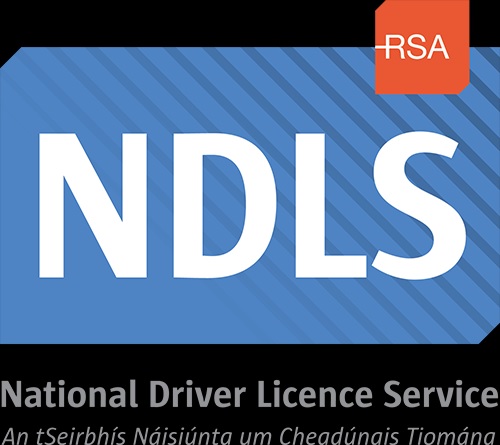Since they were introduced in 2002, the penalty points system for motoring offences have been considered a major weapon in the war against dangerous driving. Rack up 12 penalty points and you’re going to be taken off the road, not to mention the significant fines and even — in extremis — potential custodial sentences you might face.
What people tend to forget is that penalty points have a ‘best before’ date, so to speak. Once they’ve been issued, they remain on your licence for a fixed time. So, how long do penalty points last then?
How long exactly?
Each penalty point will remain on your licence for three years after the date of its application. If you rack up the full 12 points (or seven points if you’re still on a learner permit) and are disqualified from driving for six months (the standard driving ban length, which can be adjusted up or down at the discretion of a judge) then the points are removed at the end of the term of your driving ban. Cold comfort, we suppose, but some comfort all the same.
However, there’s also a ‘points lag’ effect in that it’s quite possible that there could be penalty points outstanding, which had not been applied to your licence before your six month ban started, If that’s the case, these new points will be automatically applied as soon as the six months is over and your licence is re-instated.
What if I get 12 penalty points?

If you do rack up the dreaded 12 (or seven…) points, then you’ll have to physically surrender your licence to the National Driver Licence Service (NDLS) for the six months. It’s really the only physical part of the penalty points system — unlike the old, pre-points days of ‘endorsements’, nothing will be actually written or stamped on your licence; penalty points only exist in the digital domain.
Incidentally, penalty points can still apply if you’re driving in Ireland using a valid overseas licence — something which might come as a shock to drivers from Northern Ireland. In the case of a driver racking up points on an overseas licence, a record of their points will be created and if they notch up the full 12 points, then they can be banned from driving in Ireland (albeit not in their home country). They are, of course, still liable for any fines, regardless of where their licence was issued.
Do points transfer over country lines?
While proposals for transferable points between fellow EU member states have never been put into force, there is an agreement between the UK and Ireland which doesn’t transfer points, but which does mutually recognise driving bans and licence disqualifications.
What offences are covered by penalty points?
According to the Road Safety Authority (RSA) there are currently 64 separate offences for which you can receive penalty points. Some of those are the obvious ones — speeding, using a mobile phone, driving without due care and attention and so on. There are some slightly odd ones, though, which most people probably don’t know about. Pulling a U-turn in an area where you’re not supposed to? Two points for that. Proceeding beyond a maximum vehicle width sign if your vehicle is wider than the max? One point for that.
New offences and increased fines

The penalty points system hasn’t changed all that much in recent years, although the fines for motoring infractions were increased significantly last year — the on-the-spot fine for speeding increased from €80 to €160 for instance — but new offences are often being added. The most recent additions were in 2019, when the RSA added ‘dangerous overtaking of a cyclist’ which attracts three points if a driver fails to allow for a safe overtaking space (between one and 1.5-metres, depending on the posted speed limit) when passing someone on a bicycle.
It’s a good idea to keep yourself up to date with all of the current points offences, and the number of points that can be accrued. After all, none of us wants to hit the big 12…